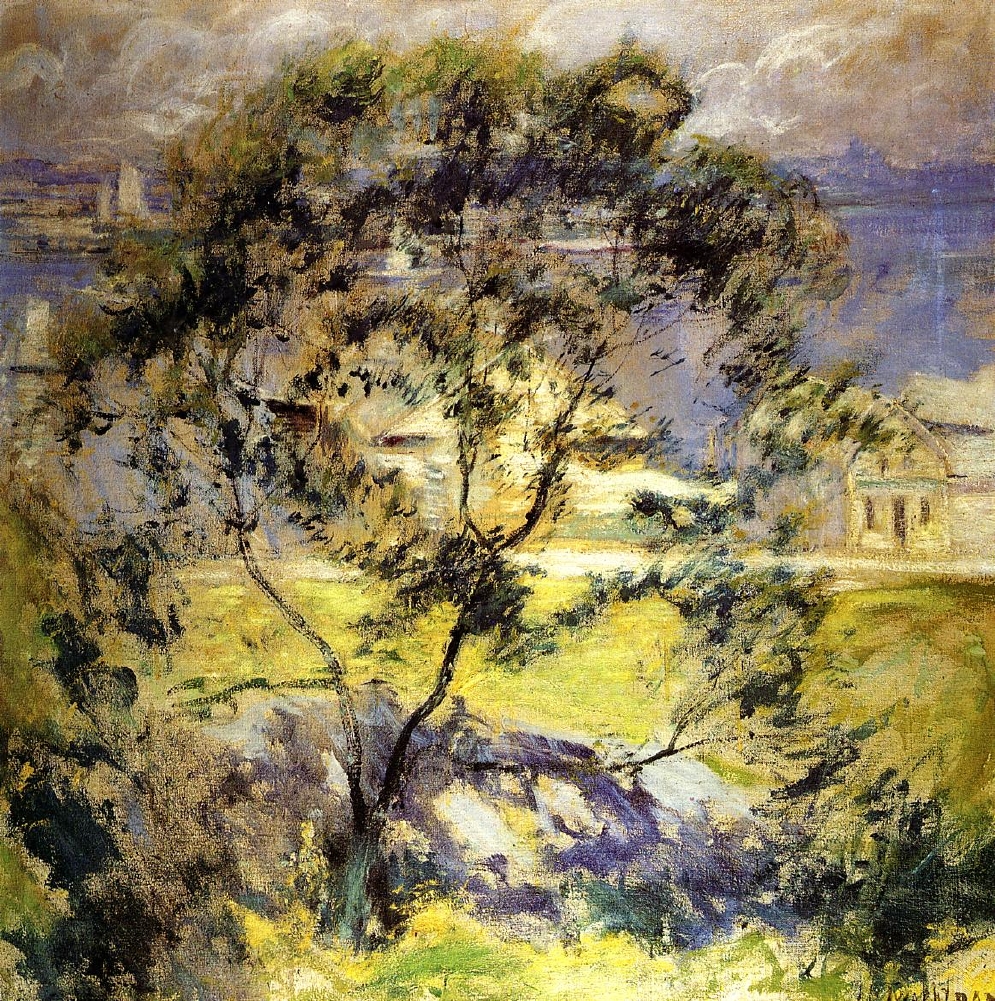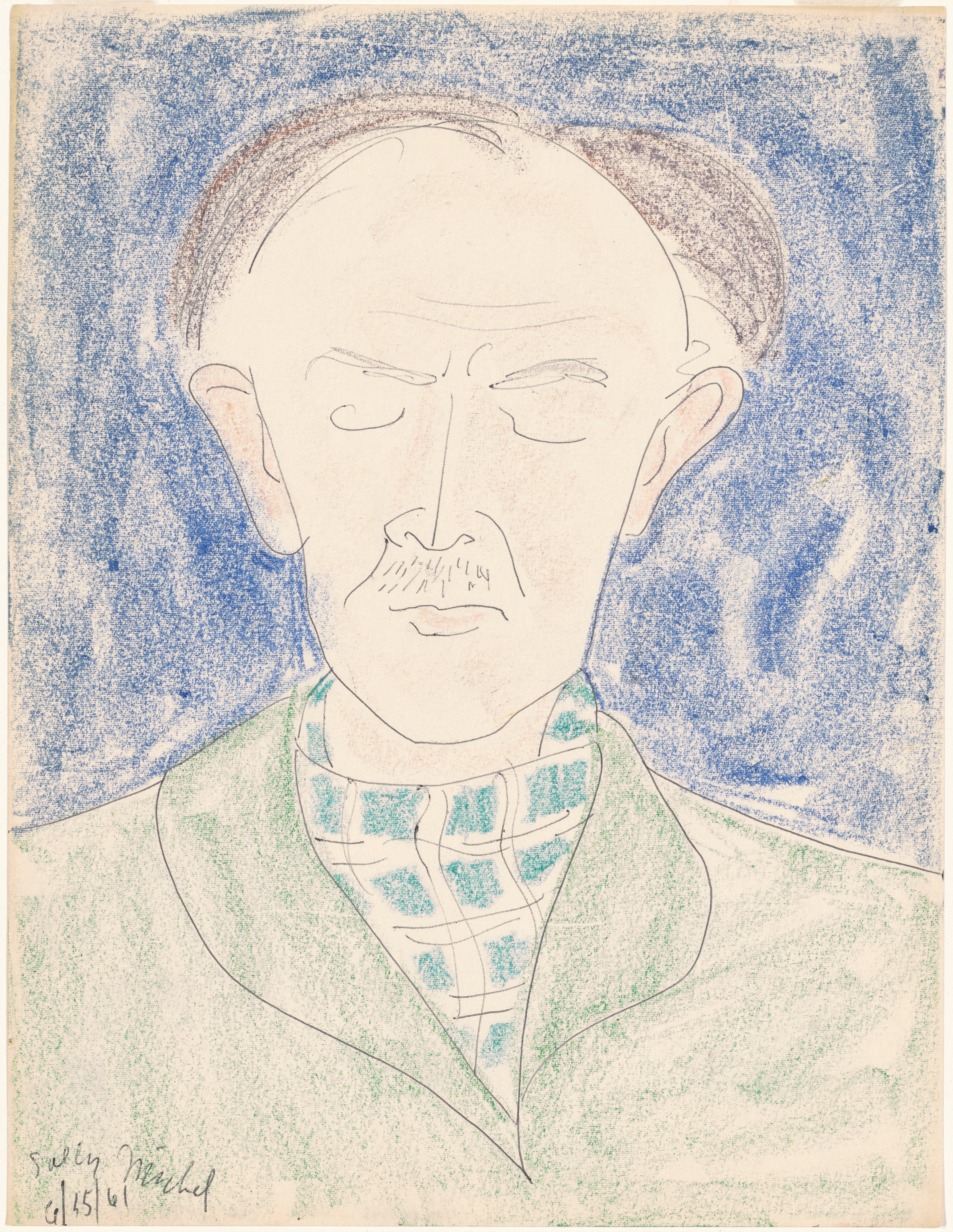|
Castellani Art Museum
The Castellani Art Museum of Niagara University is an art museum centrally located on the University's main campus in the town of Lewiston. The museum features exhibitions of nationally known and emerging contemporary artists and traditional folk arts. History The Castellani Art Museum collection was initiated in 1976 by Armand J. Castellani to encourage the study and love of art and to improve cultural understanding by forming a significant collection for Niagara University students and the Western New York public. The original museum, known as the Buscaglia-Castellani Art Gallery, was built in 1978 and was located off campus. The Gallery housed a permanent collection of about 300 pieces. In 1990, the museum was renamed the Castellani Art Museum and a new building was constructed on campus. The building was designed by Thomas Moscati and boasts seven different gallery spaces, indoor and outdoor sculpture courts, a museum shop, offices, and storage and preparation spaces. The mu ... [...More Info...] [...Related Items...] OR: [Wikipedia] [Google] [Baidu] |
Lewiston (town), New York
Lewiston is a town in Niagara County, New York, United States. The population was 15,944 at the 2020 census. The town and its contained village are named after Morgan Lewis, a governor of New York. The Town of Lewiston is on the western border of the county. The Village of Lewiston is within the town. History The Town of Lewiston was formed in 1818 from the town of Cambria. Lewiston was the first European settlement in Western New York. A French explorer by the name of Etienne Brûlée arrived in 1615. Government The Town Supervisor is Steve Broderick and the Chief of Police is Frank Previte. The Town Supervisor is considered the "Chief Fiscal Officer" for the Town. In this capacity, the officeholder oversees all finances as well as presiding at Town Board meetings, representing the Town for the Niagara County Water District, Niagara County Sewer District, Niagara Greenway Commission and Niagara Power Coalition. The Supervisor also serves as an ex-officio board me ... [...More Info...] [...Related Items...] OR: [Wikipedia] [Google] [Baidu] |
John Henry Twachtman
John Henry Twachtman (August 4, 1853 – August 8, 1902) was an American painter best known for his impressionist landscapes, though his painting style varied widely through his career. Art historians consider Twachtman's style of American Impressionism to be among the more personal and experimental of his generation. He was a member of "The Ten," a loosely-allied group of American artists dissatisfied with professional art organizations, who banded together in 1898 to exhibit their works as a stylistically unified group. Studies Twachtman was born in Cincinnati, Ohio and received his first art training there, including studying under Frank Duveneck. Like many other gifted and driven artists of his generation, including Henry Ossawa Tanner and Diego Rivera, he sought his training in Europe. He enrolled in the Academy of Fine Arts in Munich in 1875 and visited Venice with Duveneck and William Merritt Chase in 1878. His landscapes from this time exhibit the loosely brushed, shad ... [...More Info...] [...Related Items...] OR: [Wikipedia] [Google] [Baidu] |
Milton Avery
Milton Clark Avery (March 7, 1885 – January 3, 1965Haskell, B. (2003). "Avery, Milton". Grove Art Online.) was an American modern painter. Born in Altmar, New York, he moved to Connecticut in 1898 and later to New York City. He was the husband of artist Sally Michel Avery and the father of artist March Avery. Early life The son of a tanner, Avery began working at a local factory at the age of 16 and supported himself for decades with a succession of blue-collar jobs. The death of his brother-in-law in 1915 left Avery, as the sole remaining adult male in his household, responsible for the support of nine female relatives.Avery, M. & Chernow, B., p. 9. His interest in art led him to attend classes at the Connecticut League of Art Students in Hartford, and over a period of years, he painted in obscurity while receiving a conservative art education. In 1917, he began working night jobs in order to paint in the daytime. In 1924, he met Sally Michel, a young art student, and in 192 ... [...More Info...] [...Related Items...] OR: [Wikipedia] [Google] [Baidu] |
Stanton Macdonald-Wright
Stanton Macdonald-Wright (July 8, 1890 – August 22, 1973), was a modern American artist. He was a co-founder of Synchromism, an early abstract, color-based mode of painting, which was the first American avant-garde art movement to receive international attention. Early life Stanton Macdonald-Wright was born in Charlottesville, Virginia in 1890. His first name, Stanton, was chosen to honor the women's rights activist Elizabeth Cady Stanton; he later hyphenated his last name after repeatedly being asked if he were related to the famed architect Frank Lloyd Wright. He spent his adolescence in Santa Monica, California, where his father ran a seaside hotel. An amateur artist as well as a businessman, Macdonald-Wright's father encouraged his artistic development from a young age and secured him private painting lessons. Stanton's older brother, Willard Huntington Wright, was a writer and critic who gained international fame in the 1920s by writing the Philo Vance detective novels ... [...More Info...] [...Related Items...] OR: [Wikipedia] [Google] [Baidu] |
Roberto Matta
Roberto Sebastián Antonio Matta Echaurren (; November 11, 1911 – November 23, 2002), better known as Roberto Matta, was one of Chile's best-known painters and a seminal figure in 20th century abstract expressionist and surrealist art. Biography Matta was of Spanish, Basque and French descent. Born in Santiago, he studied architecture and interior design at the Pontificia Universidad Católica de Chile in Santiago, and graduated in 1935. That spring, he journeyed from Peru to Panama and completed surreal drawings of many of the geographical features he witnessed. He first encountered Europe while serving in the Merchant Marine after graduating. His travels in Europe and the USA led him to meet artists such as Arshile Gorky, René Magritte, Salvador Dalí, André Breton, and Le Corbusier. It was Breton who provided the major spur to the Chilean's direction in art, encouraging his work and introducing him to the leading members of the Paris Surrealist movement. Matta produc ... [...More Info...] [...Related Items...] OR: [Wikipedia] [Google] [Baidu] |




